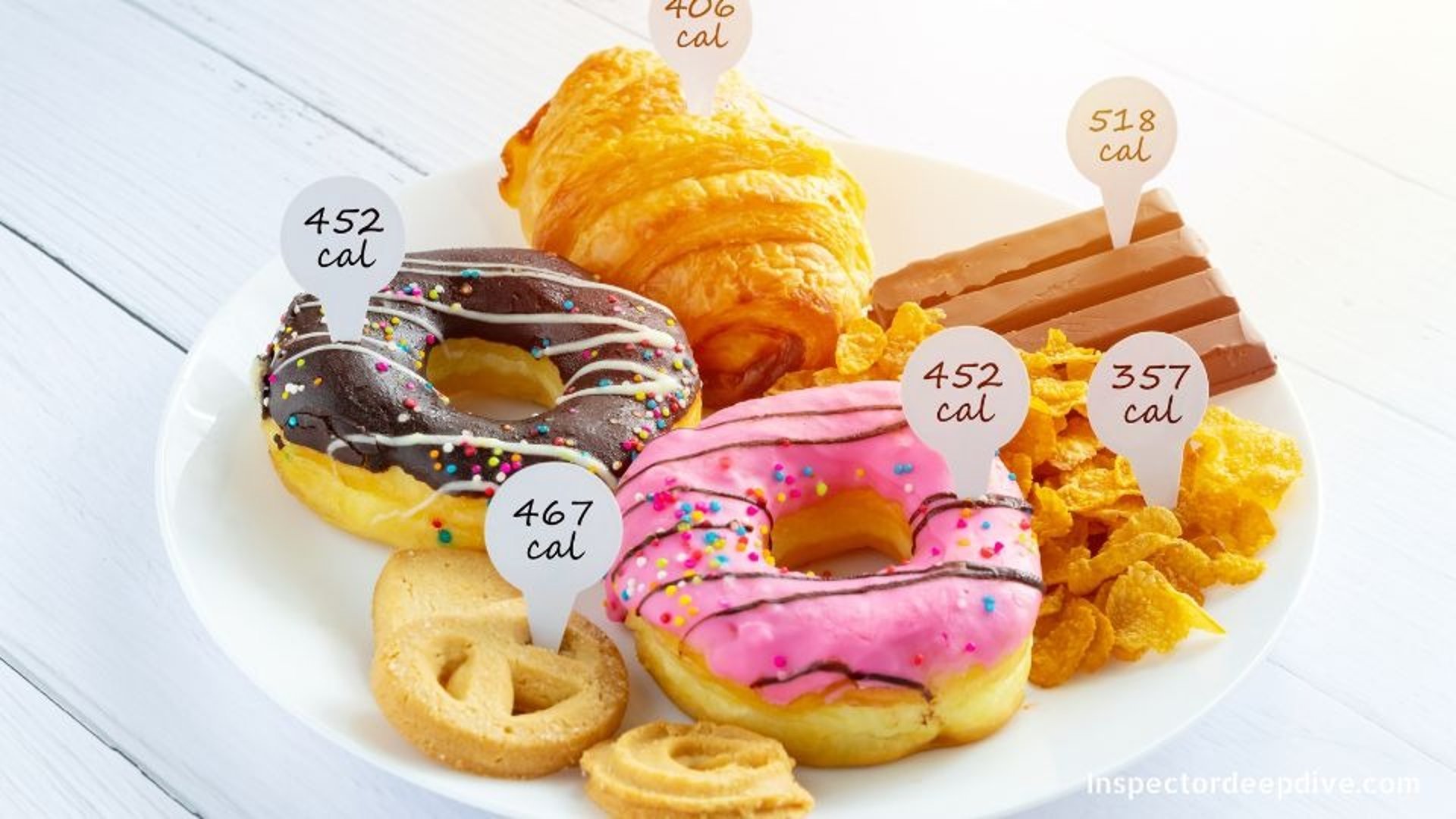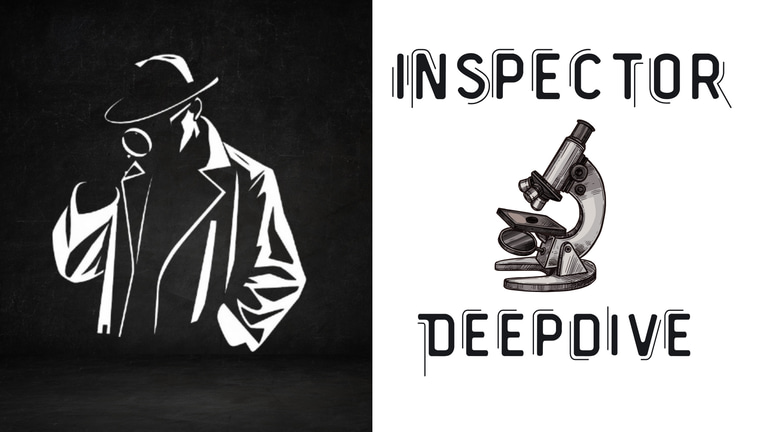
Understanding Calories: A Simple Lesson on Food and Energy

A Simple Guide to Carbohydrate, Protein, and Fat-Rich Foods
When we look at food, almost everything we eat can be grouped into three main categories: carbohydrate-rich foods (for quick energy), protein-rich foods (for building and repair), and fat-rich foods (for long-lasting energy). Below is a clear breakdown using practical and common amounts you might eat in a meal.
Key Takeaway
Every food we eat is made up of a different balance of carbohydrates, proteins, and fats. Carbohydrates give us quick energy, proteins help build and repair muscles, and fats provide long-lasting energy. Knowing which foods belong to which group makes it easier to build balanced meals that fuel your body the right way.
Understanding Calories: A Simple Lesson on Food and Energy
What Is a Calorie? A Kid-Friendly Guide to Your Body’s Fuel
All the food we eat is mostly made up of three main parts called macronutrients:
Carbohydrates – give quick fuel for your body and brain
Proteins – build and repair muscles and tissues
Fats – provide long-lasting energy and help keep you full
While adults can also get calories from alcohol, that isn’t for kids. Foods also contain vitamins, minerals, and water, which are very important for health, but they don’t give us calories. So when it comes to energy, nearly everything we eat is broken down into carbs, proteins, and fats.
Think of your body like a super-cool robot that needs energy to do everything running, jumping, thinking, even sleeping. That energy is called a calorie. Food and drinks are where those calories come from, just like gasoline powers a car.
Fun fact: Almost everything you eat or drink has calories. Your body “burns” them to keep you moving, learning, and feeling great.
Why Do We Need Calories?
Move: Power for soccer, dancing, and racing your friends.
Grow: Especially important for kids calories help you get taller and stronger.
Think: Your brain uses calories to solve puzzles and play video games.
Stay Warm: They help your body keep a comfy temperature.
Too few calories = low energy, like a phone on 1%.
Too many calories = your body stores the extra as fat.
Big C vs small c: What Are “Food Calories”?
On food labels, “Calories” with a big C means kilocalories.
1 Calorie (big C) = 1,000 calories (small c)
A cookie with 250 Calories = 250 kilocalories = 250,000 small calories
Where Do Calories Come From? (Macronutrients)
Food’s energy comes from carbs, protein, fat and alcohol (for adults only).
Carbohydrates: 4 kcal per gram
Your main energy source
Examples: Bread, rice, fruit, vegetables
Example math: 10 g carbs = 10 × 4 = 40 kcal
Protein: 4 kcal per gram
Builds and repairs muscles and tissues
Examples: Eggs, chicken, beans, nuts
Example math: 10 g protein = 10 × 4 = 40 kcal
Fat: 9 kcal per gram
The most energy-dense
Examples: Butter, oils, avocado, salmon
Example math: 10 g fat = 10 × 9 = 90 kcal
Alcohol: 7 kcal per gram
Not a nutrient, but it still has energy (for adults)
Example math: 10 g alcohol = 70 kcal
Quick Game: Count Your Lunch Calories
Step 1: Pasta (100 g cooked)
Carbohydrates: 25 g
Calories from carbs: 25 g × 4 kcal per gram = 100 kcal
Step 2: Olive Oil (30 ml ≈ 27 g fat)
Fat: 27 g
Calories from fat: 27 g × 9 kcal per gram = 243 kcal
Step 3: Bacon (50 g cooked)
Fat: 20 g → × 9 kcal per gram = 180 kcal
Protein: 15 g → × 4 kcal per gram = 60 kcal
Total for bacon: 180 kcal + 60 kcal = 240 kcal
Total Calories for Lunch:
100 kcal (pasta)
243 kcal (olive oil)
240 kcal (bacon)
Grand Total = 583 kcal
Why Do Some Foods Have More Calories?
High in fat or sugar = more calories (like candy bars)
High in water and fiber = fewer calories (like carrots)
That’s why fruits, veggies, and lean proteins are awesome they give energy without too many calories.
How Many Calories Do You Need?
It depends on age, size, and activity:
Toddlers (2–3 years): about 1,000–1,400 Calories/day
Young kids (4–8 years): about 1,200–1,800 Calories/day
Older kids (9–13 years): about 1,600–2,200 Calories/day
Teens (14–18 years): about 2,000–3,000 Calories/day (boys usually need more than girls)
Very active adult: about 2,500–3,000 Calories/day
Pro Tips for Smart Fueling
Build balanced meals: carbs for quick energy, protein for muscles, healthy fats for staying power.
Choose “slow” carbs (whole grains, fruit, veggies) to avoid energy crashes.
Drink water your body needs it to use energy well.
Key Takeaways
Calories are your body’s fuel.
Carbs and protein: 4 kcal/g. Fat: 9 kcal/g. Alcohol: 7 kcal/g.
Everyone’s calorie needs are different.
Whole foods like fruits, veggies, whole grains, and lean proteins are the best energy sources.
1 Calorie (big C) = 1,000 calories (small c)
Carbohydrates: 4 kcal per gram
Protein: 4 kcal per gram
Fat: 9 kcal per gram
Alcohol: 7 kcal per gram
Adults
A Simple Guide to Carbohydrate, Protein, and Fat-Rich Foods
Food provides energy through three main nutrients: carbohydrates, proteins, and fats. Each food tends to be richer in one of these, though most contain some mix of all three. Here’s a clear breakdown.
Carbohydrate-Rich Foods
(mainly energy from carbohydrates at 100 g unless otherwise stated)
Cooked spaghetti: 130 kcal, 25 g carbs, 5 g protein, 1 g fat
Cooked white rice: 130 kcal, 28 g carbs, 2.7 g protein, 0.3 g fat
Cooked brown rice: 111 kcal, 23 g carbs, 2.6 g protein, 0.9 g fat
Cooked potatoes: 80 kcal, 17 g carbs, 2 g protein, 0.1 g fat
Cooked sweet potatoes: 90 kcal, 20 g carbs, 2 g protein, 0.1 g fat
White bread (1 slice, 25 g): 75 kcal, 14 g carbs, 3 g protein, 1 g fat
Whole wheat bread (1 slice, 25 g): 70 kcal, 13 g carbs, 3 g protein, 1 g fat
Sourdough bread (1 slice, 25 g): 80 kcal, 15 g carbs, 3 g protein, 1 g fat
Cooked carrots: 41 kcal, 9 g carbs, 0.9 g protein, 0.2 g fat
Cooked onions: 40 kcal, 9 g carbs, 1.1 g protein, 0.1 g fat
Cooked lettuce: 15 kcal, 3 g carbs, 1.4 g protein, 0.2 g fat
Cooked corn: 86 kcal, 19 g carbs, 3.2 g protein, 1.2 g fat
Cooked zucchini: 17 kcal, 3.1 g carbs, 1.2 g protein, 0.3 g fat
Cooked pumpkin: 26 kcal, 6 g carbs, 1.2 g protein, 0.1 g fat
Mango: 60 kcal, 15 g carbs, 0.8 g protein, 0.4 g fat
Banana: 89 kcal, 23 g carbs, 1.1 g protein, 0.3 g fat
Protein-Rich Foods
(mainly protein for muscles and repair at 100 g unless otherwise stated)
Eggs (1 large, ~50 g): 70 kcal, 0.6 g carbs, 6 g protein, 5 g fat
Milk (100 ml, whole): 61 kcal, 5 g carbs, 3 g protein, 3.5 g fat
Cheese (cheddar): 400 kcal, 2 g carbs, 20 g protein, 33 g fat
Chicken thigh (roasted): 200 kcal, 0 g carbs, 20 g protein, 13 g fat
Chicken drumstick (roasted): 180 kcal, 0 g carbs, 22 g protein, 9 g fat
Bacon (1 slice, ~10 g): 40 kcal, 0 g carbs, 2 g protein, 3.5 g fat
Cooked beef (lean cut): 250 kcal, 0 g carbs, 26 g protein, 16 g fat
Cooked chicken breast: 165 kcal, 0 g carbs, 31 g protein, 3.6 g fat
Cooked pork chop: 240 kcal, 0 g carbs, 25 g protein, 15 g fat
Cooked lamb: 290 kcal, 0 g carbs, 25 g protein, 20 g fat
Fat-Rich Foods
(mainly energy from fat using practical everyday amounts)
Butter (1 tablespoon): 100 kcal, 0 g carbs, 0 g protein, 11 g fat
Olive oil (1 tablespoon): 120 kcal, 0 g carbs, 0 g protein, 13.5 g fat
Vegetable oil (1 tablespoon): 120 kcal, 0 g carbs, 0 g protein, 13.5 g fat
Coconut oil (1 tablespoon): 117 kcal, 0 g carbs, 0 g protein, 13.5 g fat
Avocado (½ medium): 160 kcal, 8.5 g carbs, 2 g protein, 15 g fat
Key Takeaway
Carbohydrates, proteins, and fats are the three main nutrients that give us energy.
Carbohydrates are the body’s main fuel for quick energy.
Proteins build and repair muscles and tissues.
Fats provide long-lasting energy and help keep us full.
By understanding which foods are richest in which nutrient, it becomes easier to balance meals and support energy, growth, and overall health.
info@inspectordeepdive.com
© 2025 food.InspectorDeepDive.com. All rights reserved. Content may not be copied or republished without permission.
This article is for informational purposes only. InspectorDeepDive.com does not provide medical advice. Always consult a licensed healthcare provider before making dietary or health decisions.
